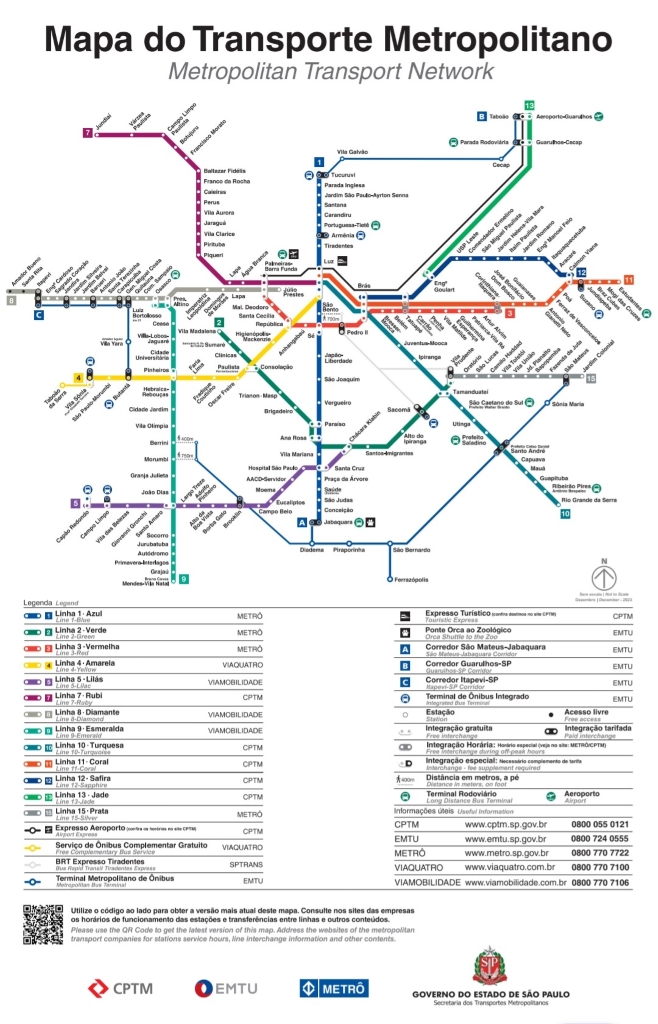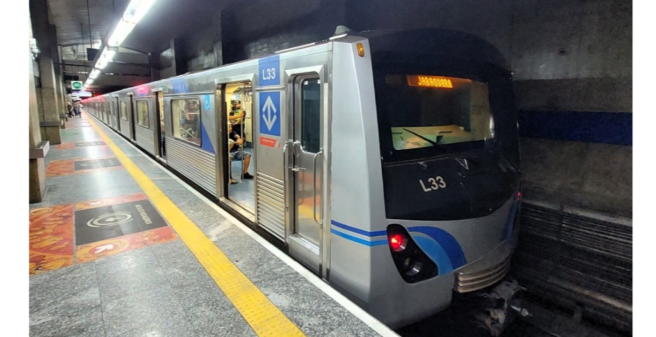
With more than 20 million inhabitants in its metropolitan area, the Brazilian metropolis of São Paulo is the largest contiguous conurbation in South America and also one of the largest in the world. It is therefore not surprising that, unlike many other cities with over a million inhabitants in Latin America, an efficient local rail transport network has developed here in recent decades, even though there is still a clear need for expansion and various city districts are not sufficiently connected to this network.
Metro, suburban railway and monorail as an integrated service
Nevertheless, São Paulo currently has 5 metro lines, one monorail and 7 electrified suburban railway lines built to suburban railway standards, which transport more than 4,000,000 passengers every working day over a total network length of 340 km. It all began in 1975 with the opening of the first metro line 1, followed by line 3 in 1979, today’s line 2 in 1991, line 5 in 2002 and line 4 in 2010.
The modernisation of the dilapidated or partly unused railway lines and the construction of a modern, reliable suburban railway system with dense interval services did not begin in full until 1992 with the first serious efforts, although electric suburban transport itself had already begun several decades earlier, albeit with no standards comparable to today’s system. In 2008, the previously existing lines A to F were renamed 7 to 12. Line 13, as a feeder to the major airport Guarulhos, began operation in 2018, additional express trains on line 13 have been extended via existing tracks of combined lines 7 and 10 to Palmeiras-Barra Funda in the city area since 1 September 2023.
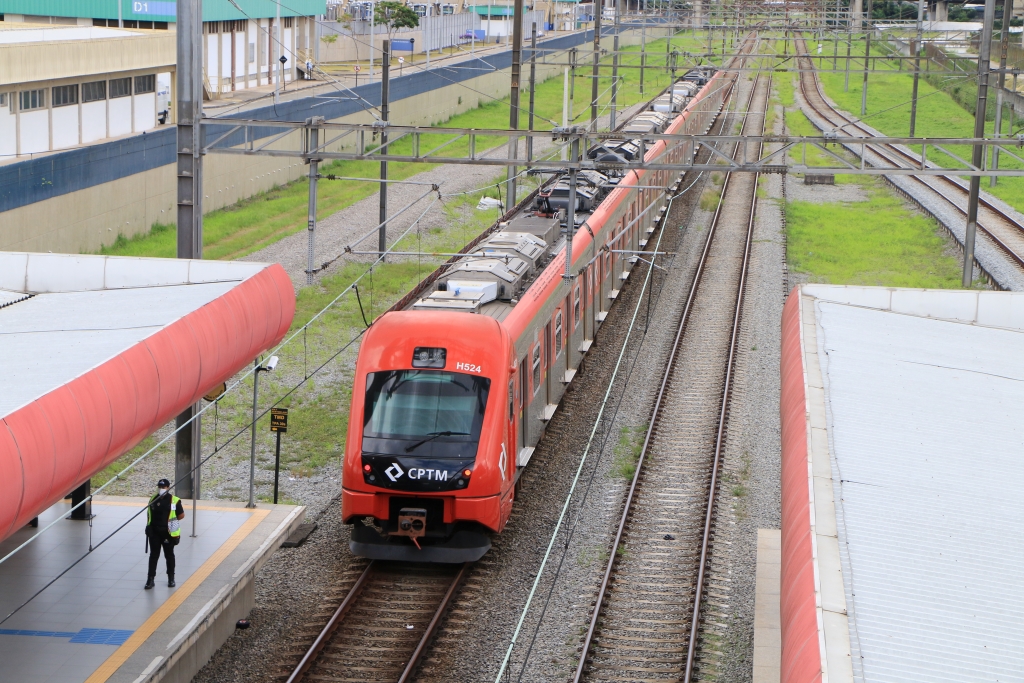
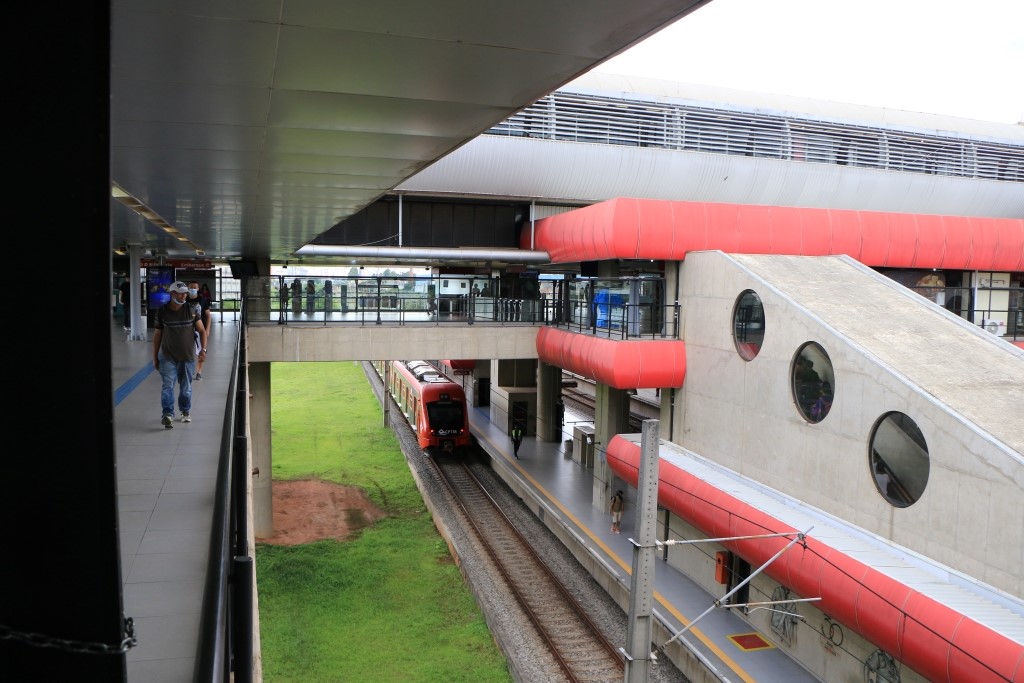
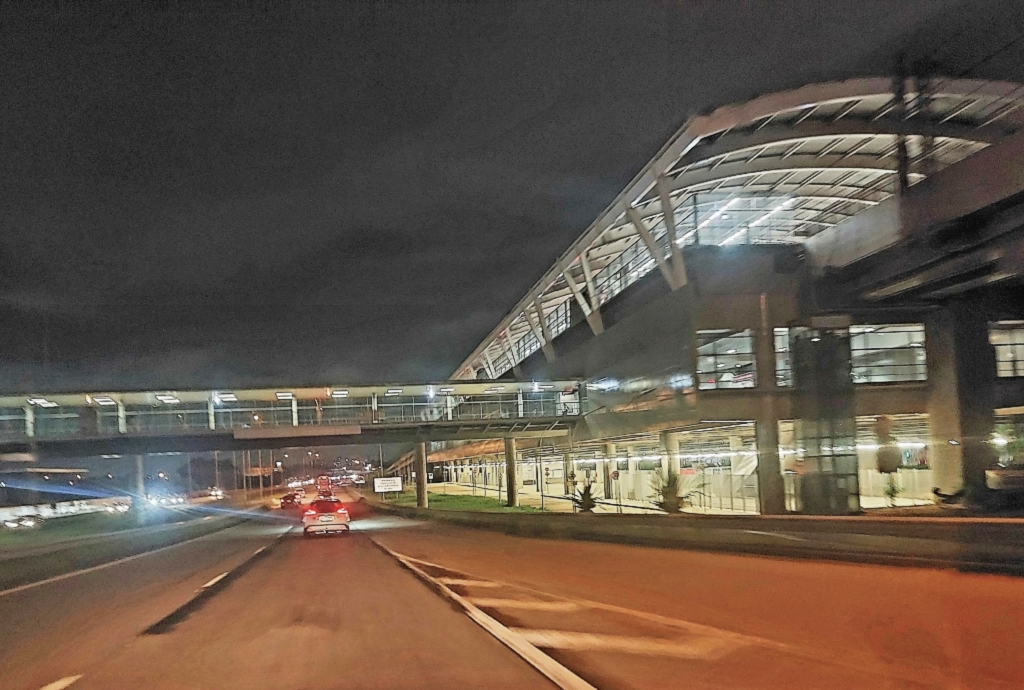
The first monorail line had already been opened in 2015. The lines of all three systems are numbered consecutively and make no system distinction. For passengers, this is of secondary importance anyway; they want to be transported as quickly as possible and with a minimum of comfort. The interconnection of the different lines and systems is essential.
Picture gallery
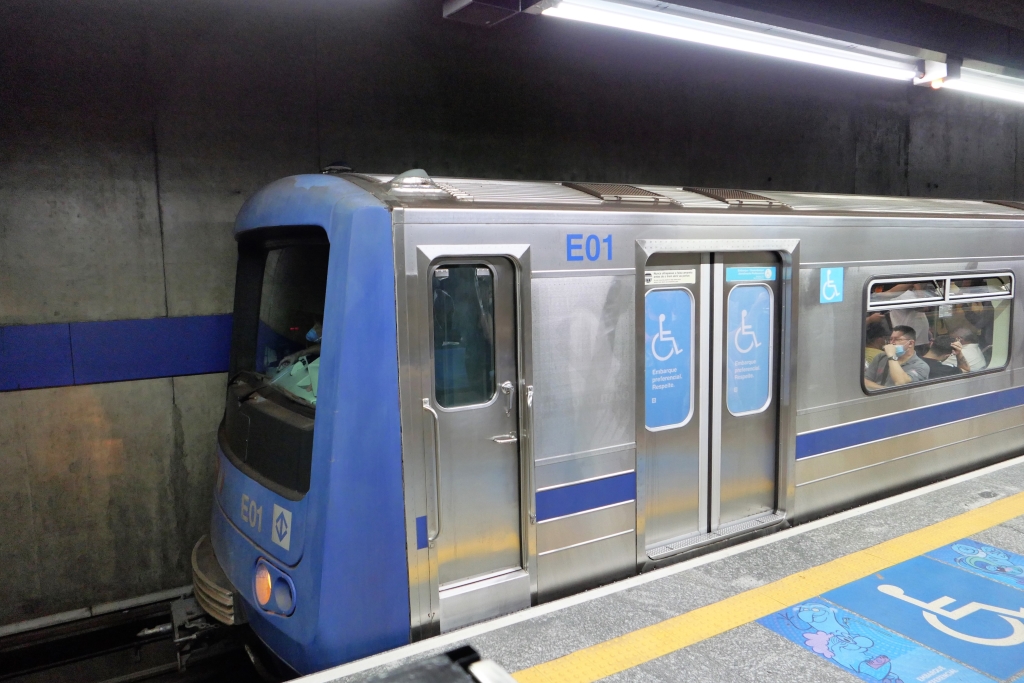
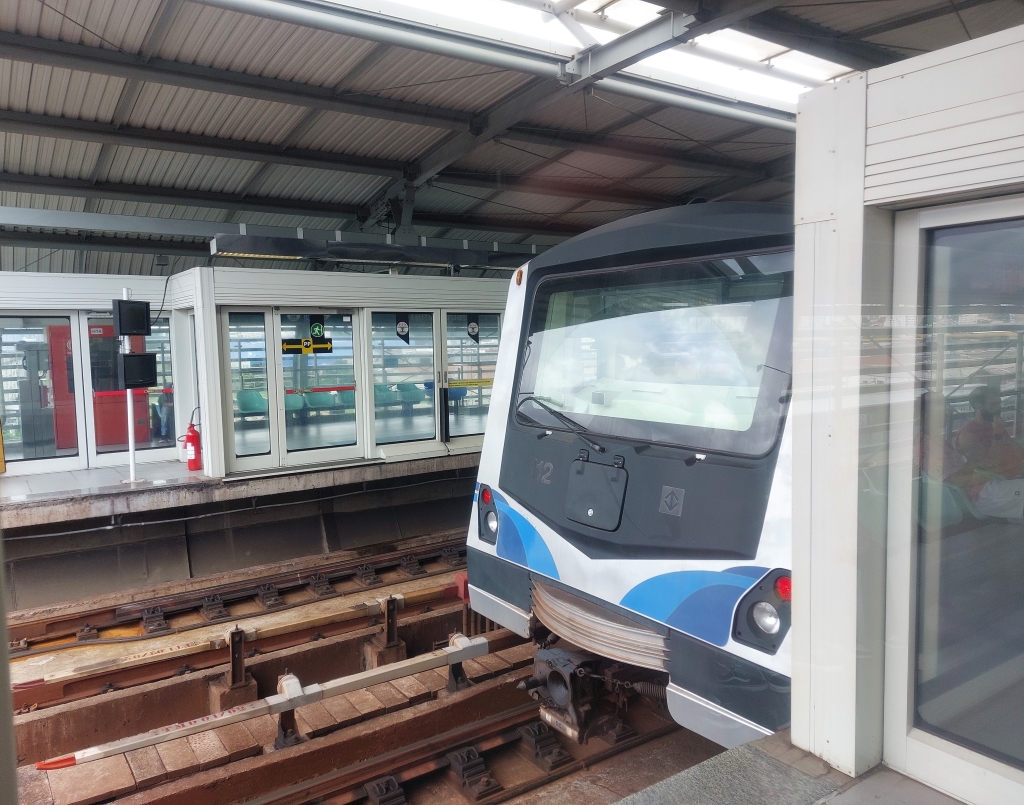
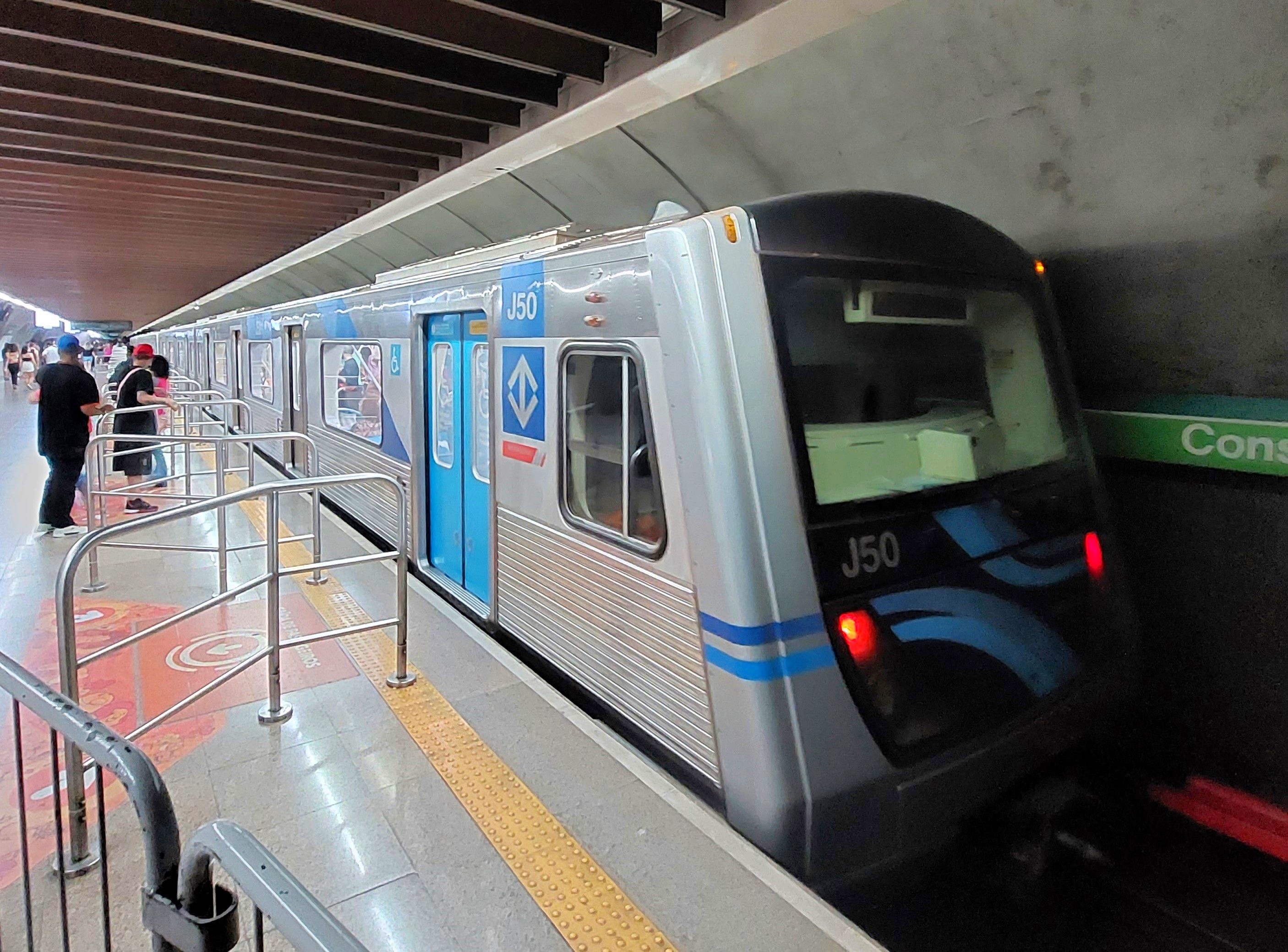
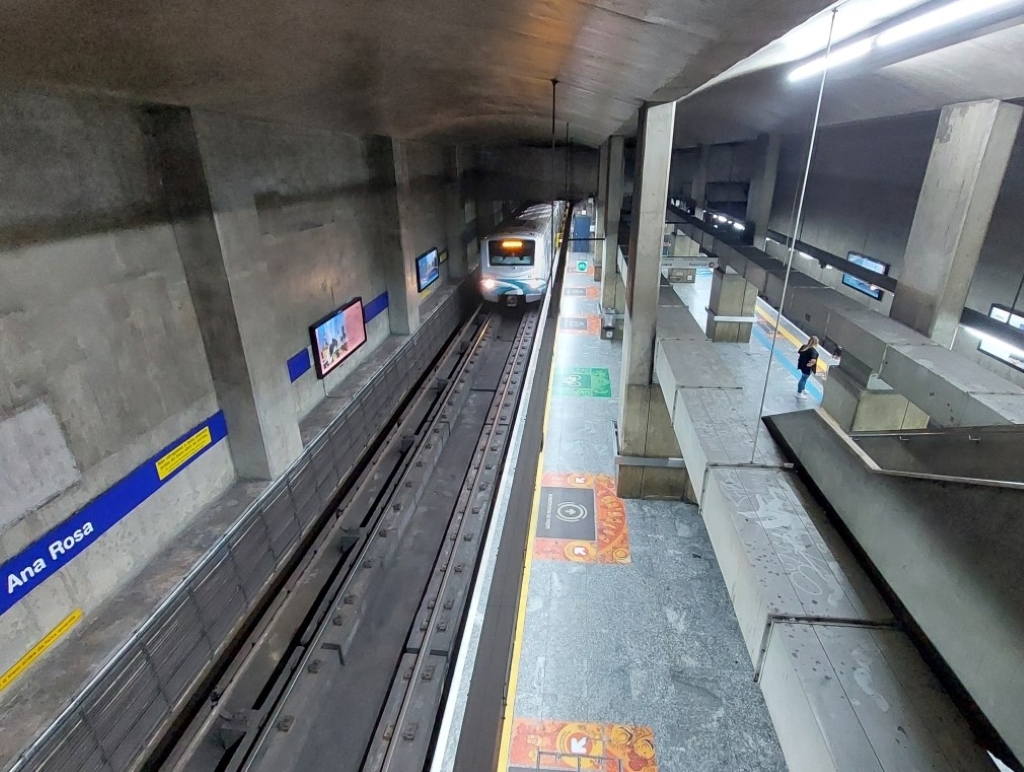
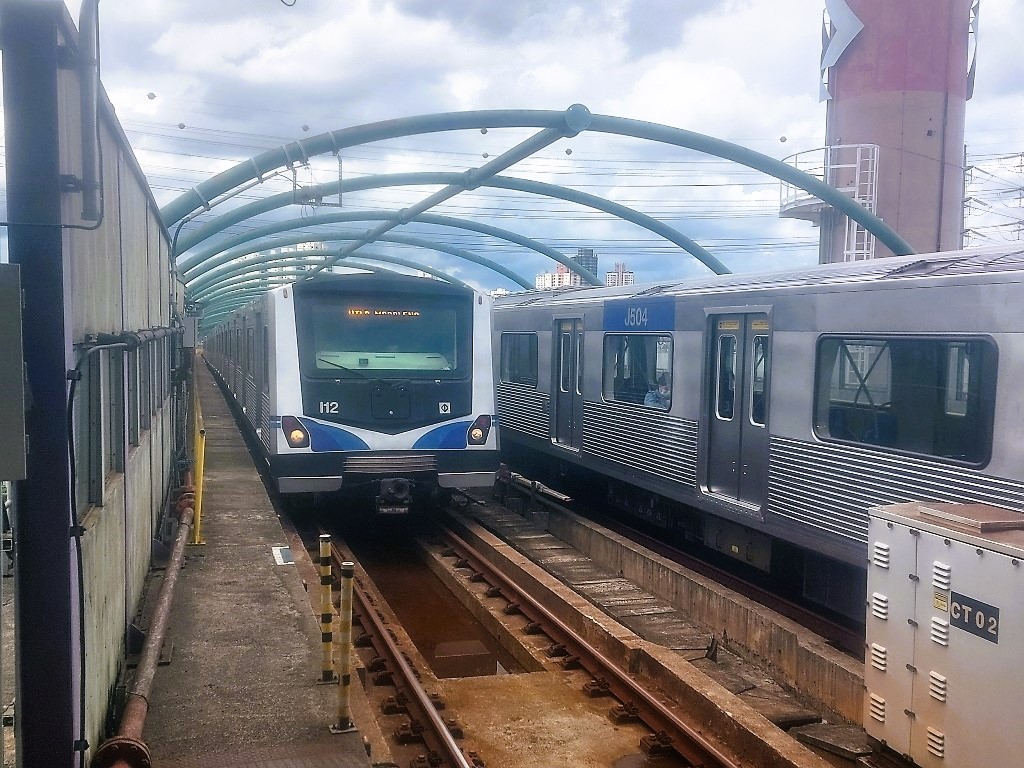
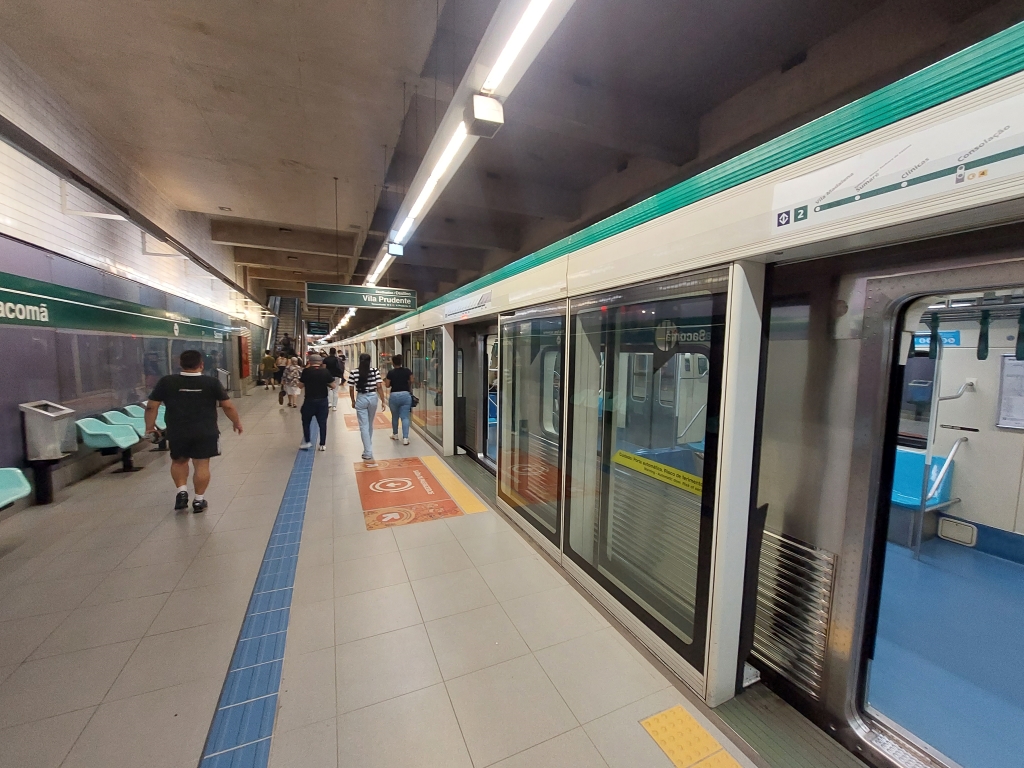
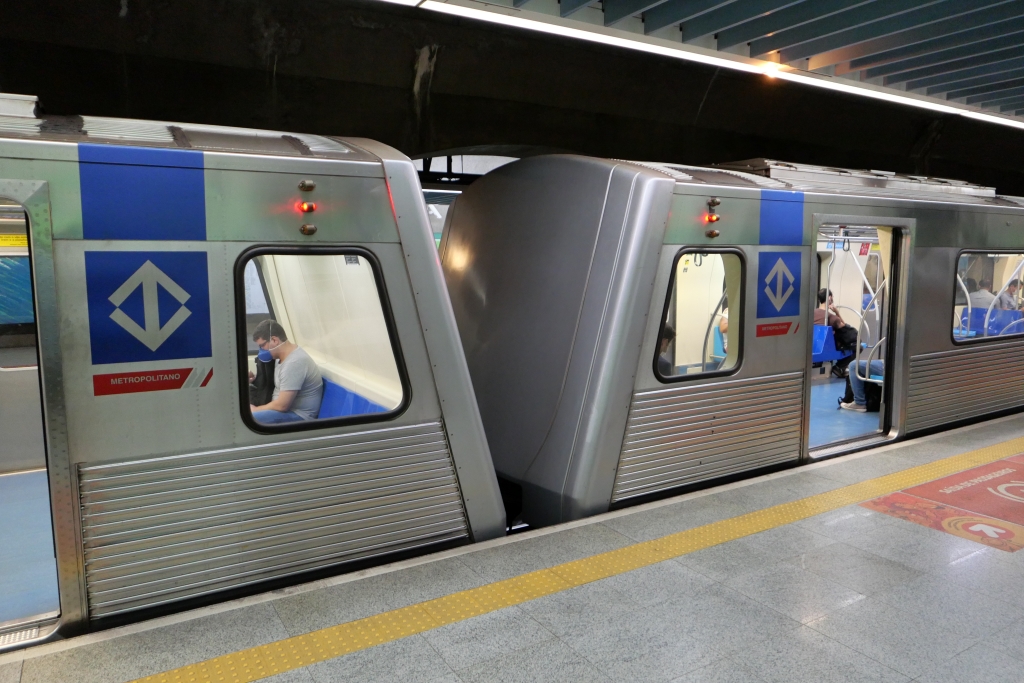
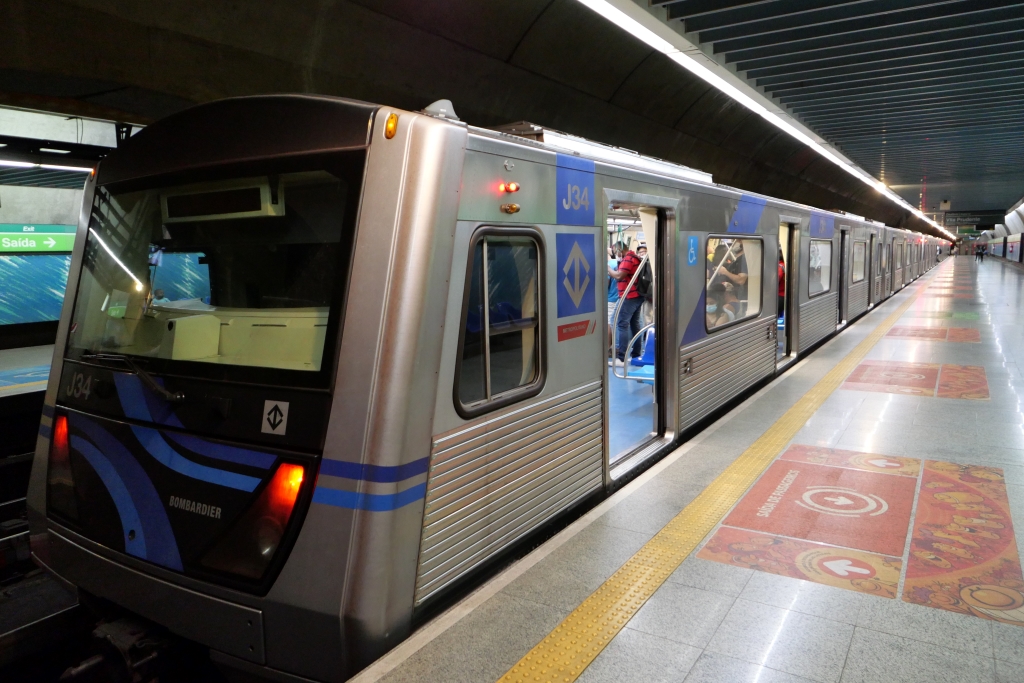
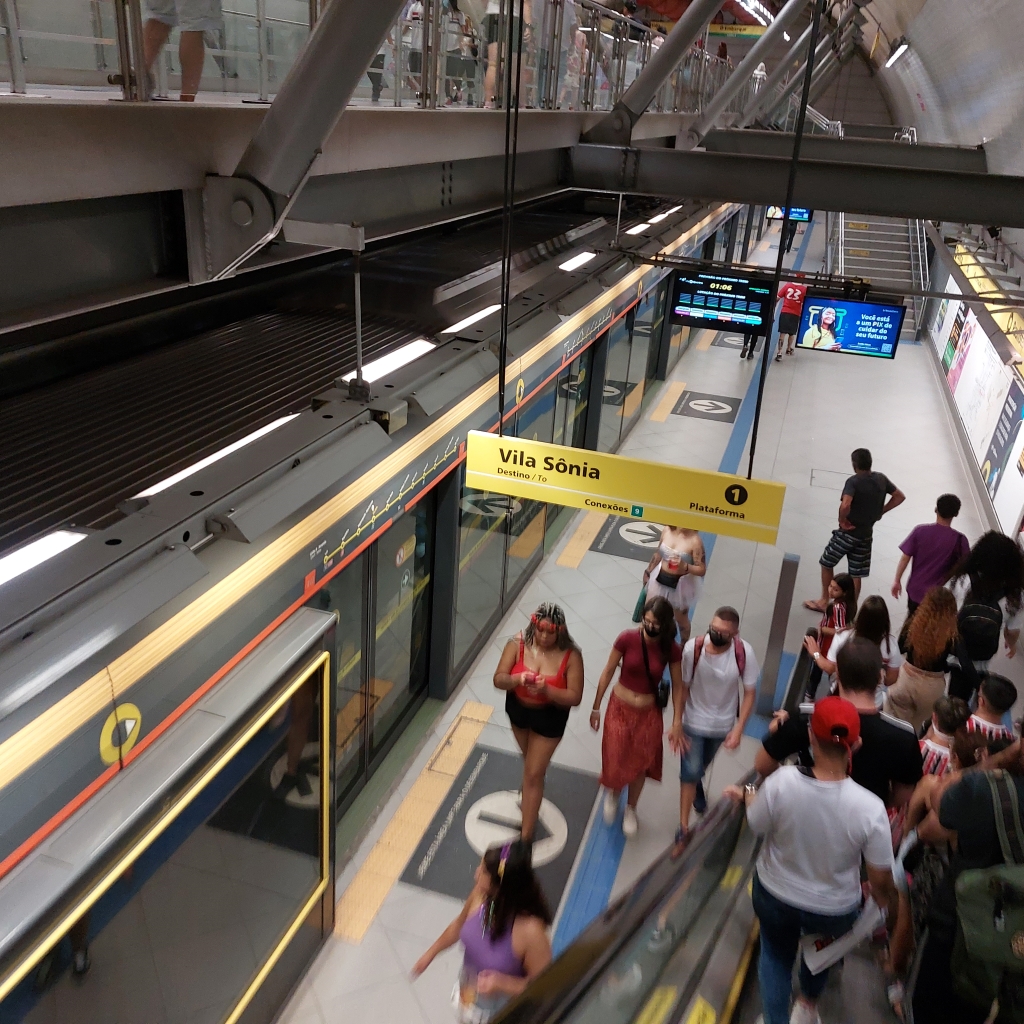
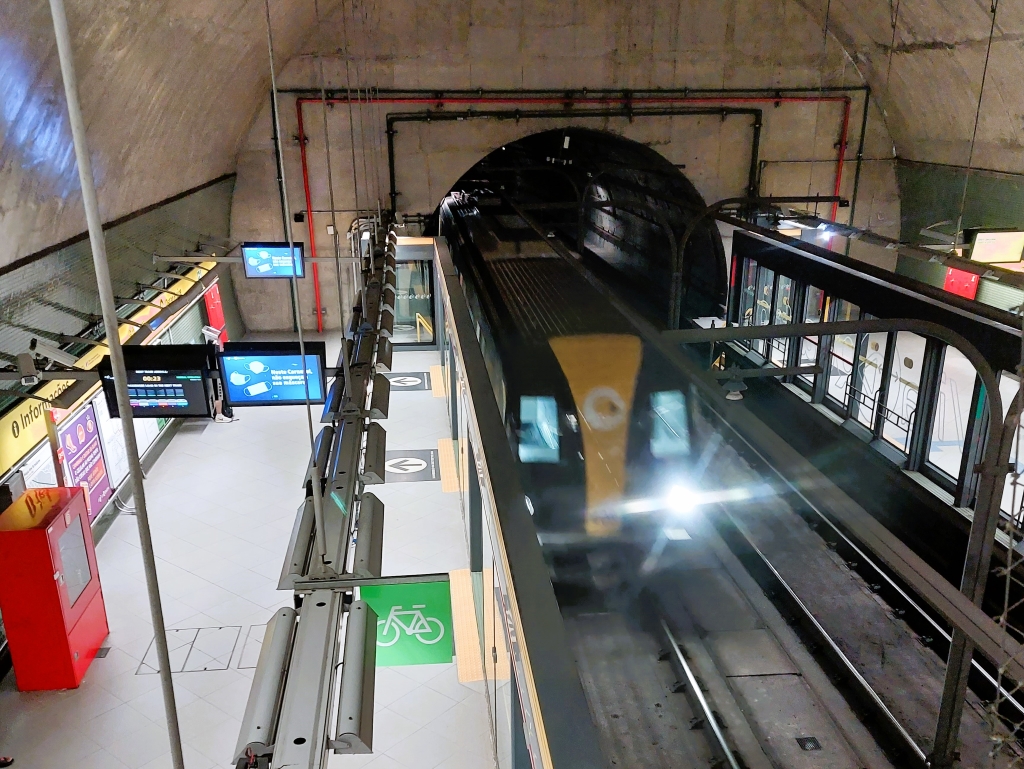
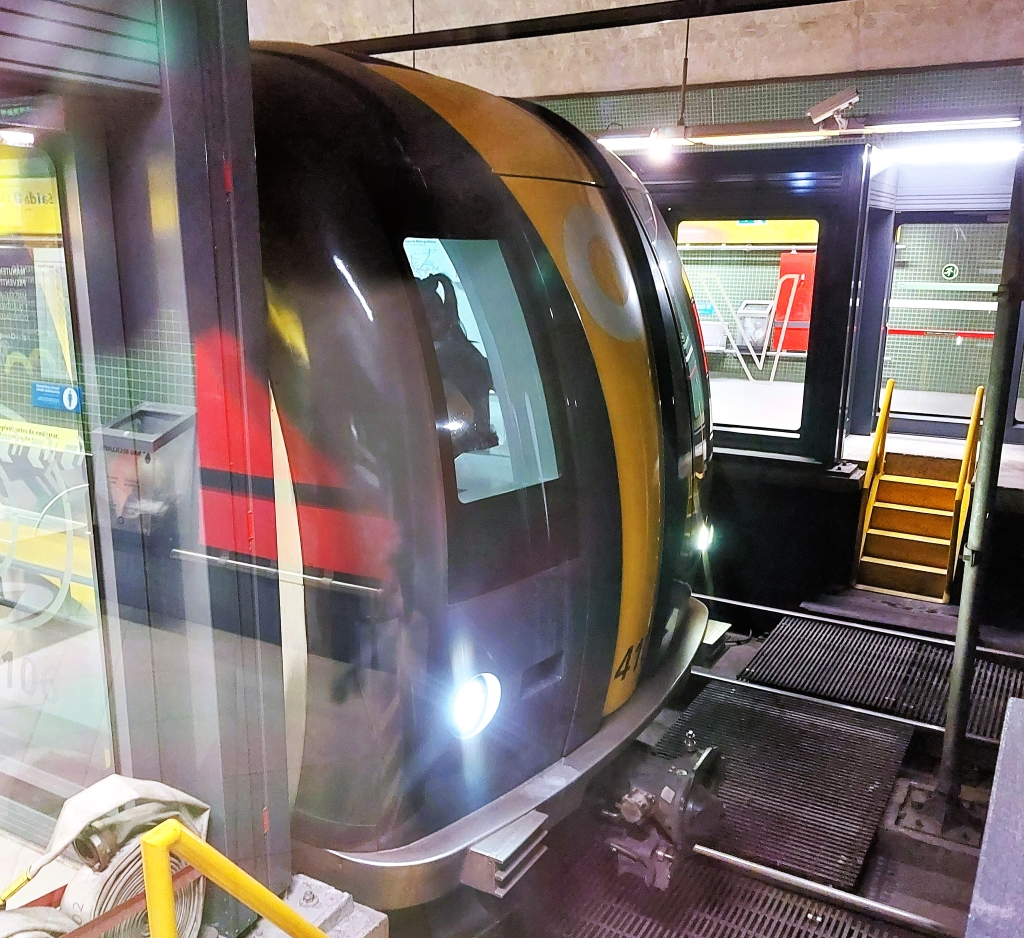
The expansion plans
The expansion plans for the network are large and are constantly being modified and adapted, depending on new settlement and development projects, but especially also on the financial possibilities and the respective requirements of the political agenda of the changing leaders.
By 2034, the network is to be expanded and extended in numerous places so that a total of 20 lines will then be available, in addition to various expansion projects for the existing lines. The current priority is the construction of metro line 6, which will be financed as a public-private partnership similar to line 4, which went into operation in 2010. This is intended to finally establish private-sector participation in public transport projects. The line runs from São Joaquim over 14 stops to Brasilandia, is 14 km long and will be operated fully automatically without drivers, just like line 4.
Originally planned to go into operation in 2016, construction delays due to disputes over the overall financing, rising construction prices, etc. caused construction work to be largely suspended for a while, but in the meantime construction is underway again. According to the current status, the first passengers should be able to use the new line in 2025.
In order to avoid the high costs of metro construction and still be able to connect more districts to the network in a timely manner, it was decided over ten years ago to build elevated monorail lines, internationally known as monorails. The first line 15 went into operation in 2015 between Vila Prudente and São Mateus – 54 seven-car trains were supplied by Bombardier. A one-station extension to Jardim Colonial went into service in 2021, but extensions at both ends are under construction and partly in preparation for construction. The extension by one station from Vila Prudente to Ipiranga on the suburban line 10 is already very advanced, construction is also underway on 3 km of further line with two stops from Jardim Colonial to Jacu Pêssego.
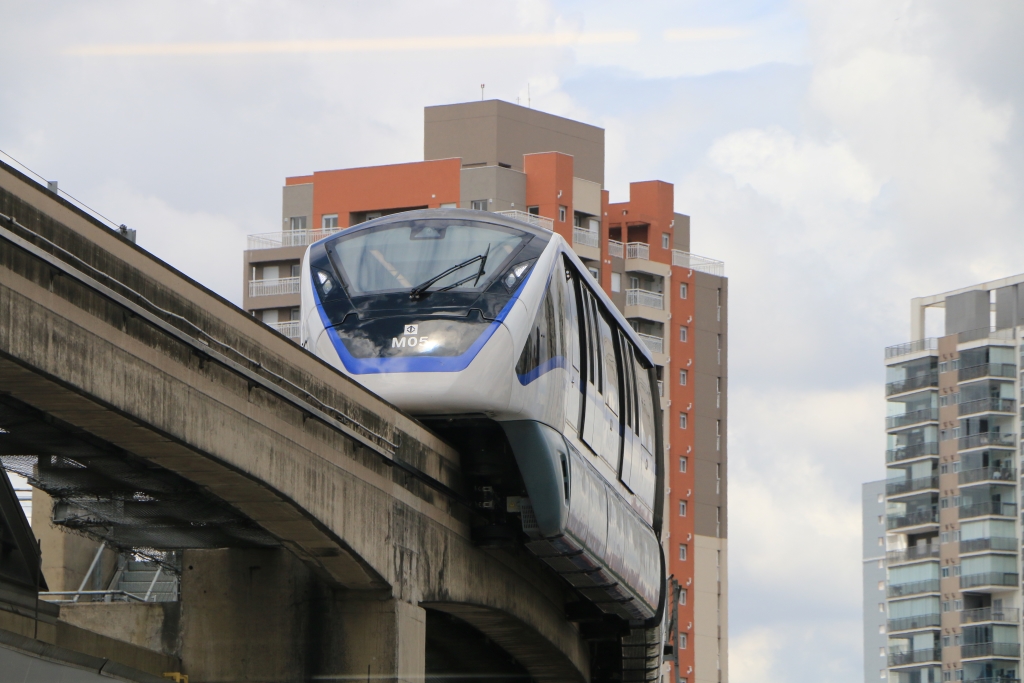
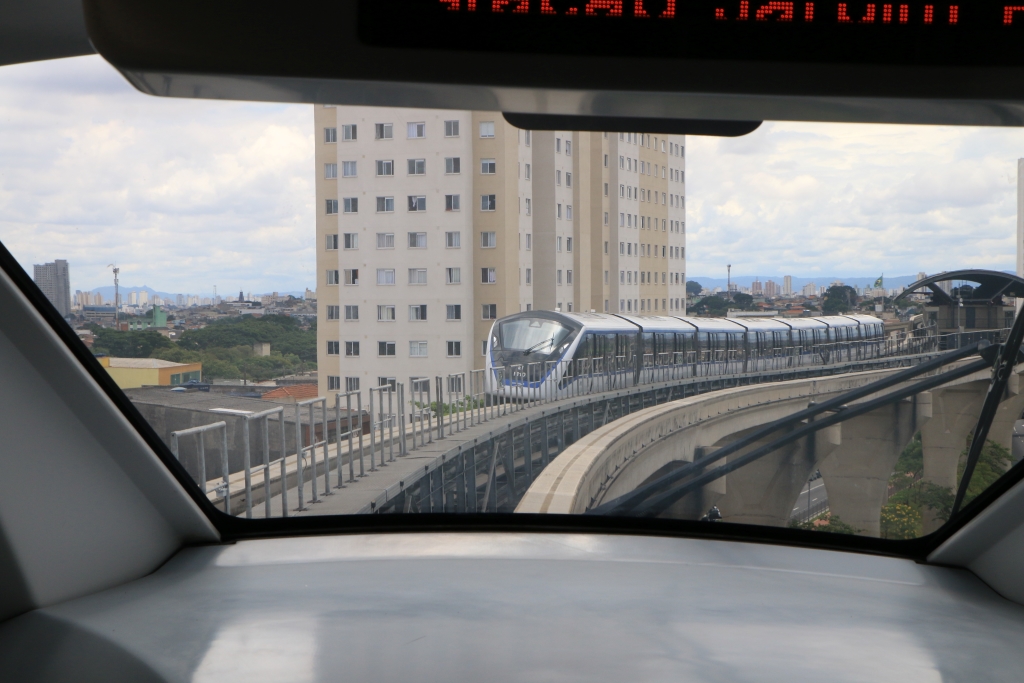
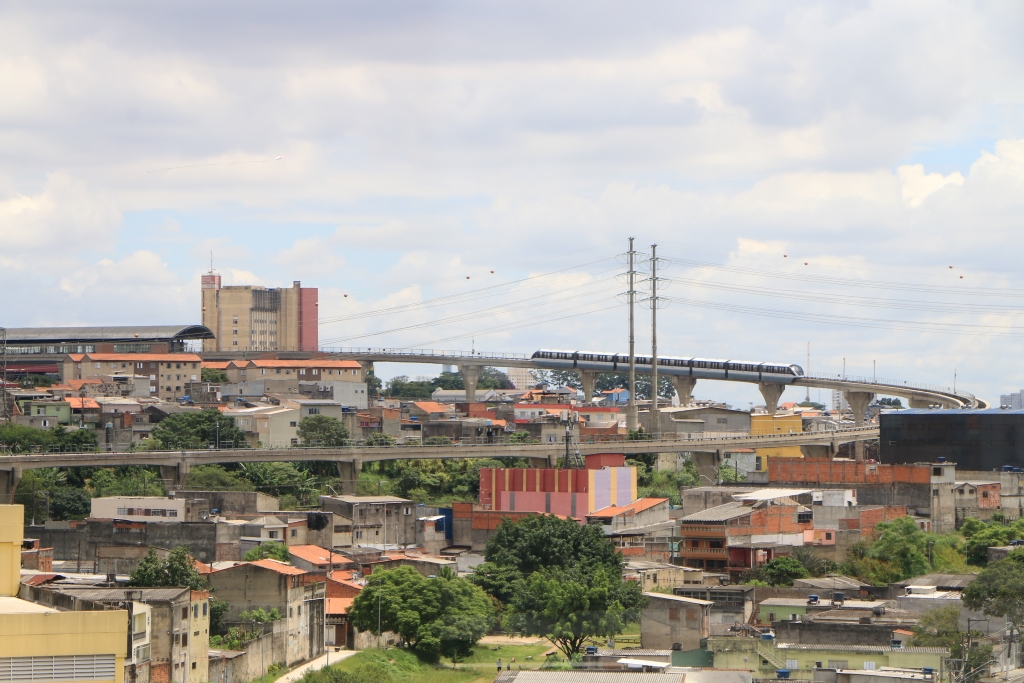
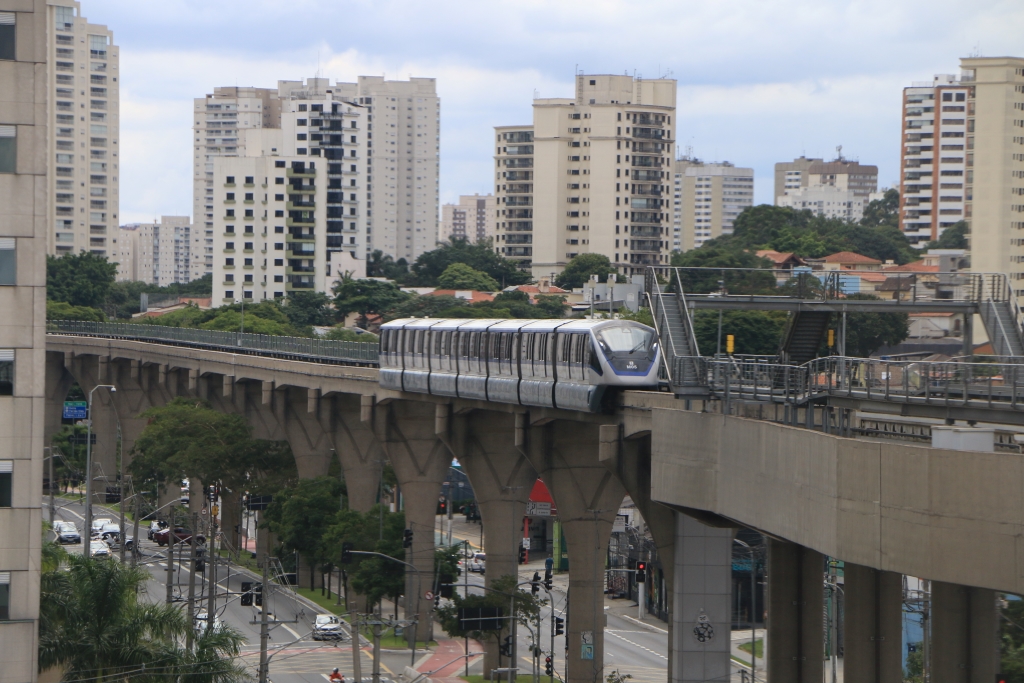
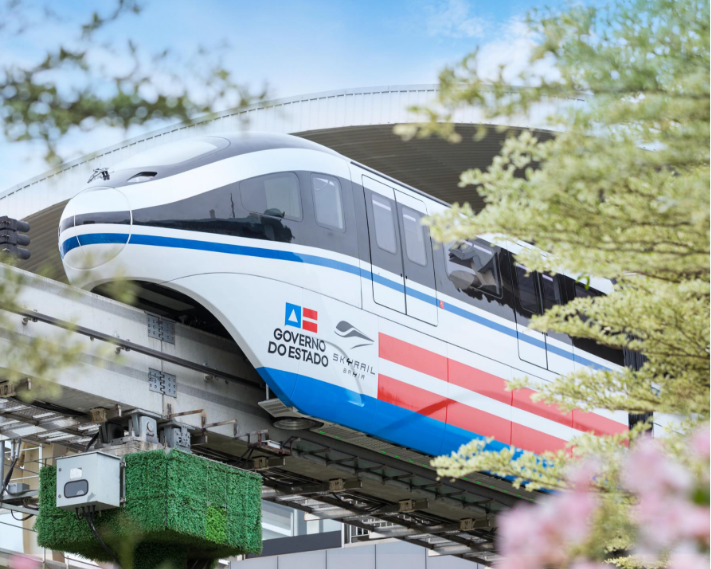
A second line, number 17, has been under construction since 2016 and will also connect São Paulo’s second airport Conganhas, which is close to the city, to the rail network. Here, too, there have been various delays, but now the opening date for the first section is 2025. Initially, the railway will run from Morumbi to the airport via six stations, plus a branch with one station to Jardim Aeroporto. From here, it will continue via five stops to the planned large interchange station Terminal Jabaquara, which is also the terminus of Metro Line 1 and the long BRT trolleybus network of the EMTU in the southern suburbs. At the other end of the line, an extension is also in the pipeline for another five stations.
However, there is still little construction activity to be seen at various points, including along the first leg of the line. When it will actually open is to be seen.
The new line will also be operated by a privately owned company. Initially, 14 five-car trains of the Chinese manufacturer BYD of the type “SkyRail” will be used, the first of which was presented at the manufacturing plant in March 2022. BYD is also responsible for the entire electrical equipment of the line and the signalling.
The extension of metro line 2 from Vila Prudente via eight stations to Penha on metro line 3 is currently under construction or in preparation in sections. Further extensions include the extension of line 4 from Vila Sonia to Largo do Taboão, line 5 from Capão Redondo to Jardim Àngela and a new line 20 (Lapa – Moema). A total of approximately 39 km of news lines is included the current construction programme.
Line 18, which was planned as a monorail for a long time, will be realised as bus rapid transit (BRT) with electric buses; a partial electrification and connection to the trolleybus network of EMTU on the so-called ABD corridor in the southern and south-eastern suburbs of São Paulo is an option. Additional BRT lines, as bus lines largely on reserved tracks, are also to be added elsewhere to create further rapid connections. Bus priority is already widespread on many axes in the city, and extensions are already taking place on a punctual basis.
Recently announced plans envisage the construction of a 12 km above-ground tram network with modern low-floor vehicles. Two circular lines are to be built, which will be linked together at Largo do Paiçandu. However, concrete decisions to built this new system are still pending.
Outlook
Priorities in the expansion of public transport services will certainly continue to change from time to time, but despite all the overcrowding at rush hour on certain axes, São Paulo undoubtedly already has a very useful service.
Detailed information on local rail transport in Greater São Paulo including the expansion plans can be found here:
https://www.urbanrail.net/am/spau/sao-paulo.htm.


